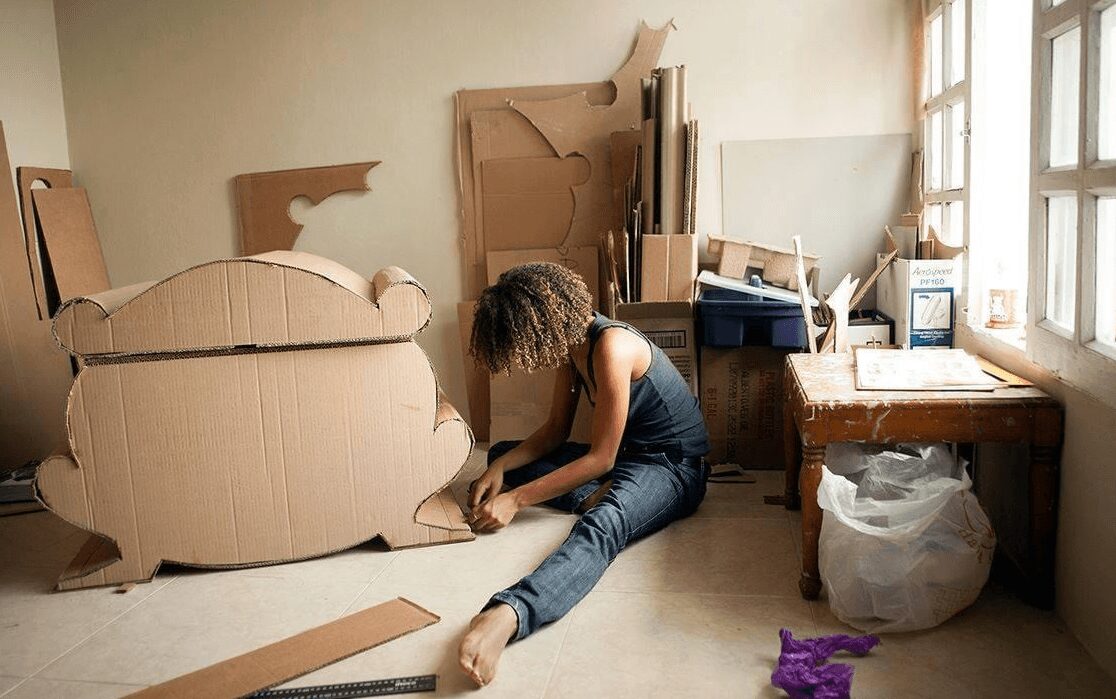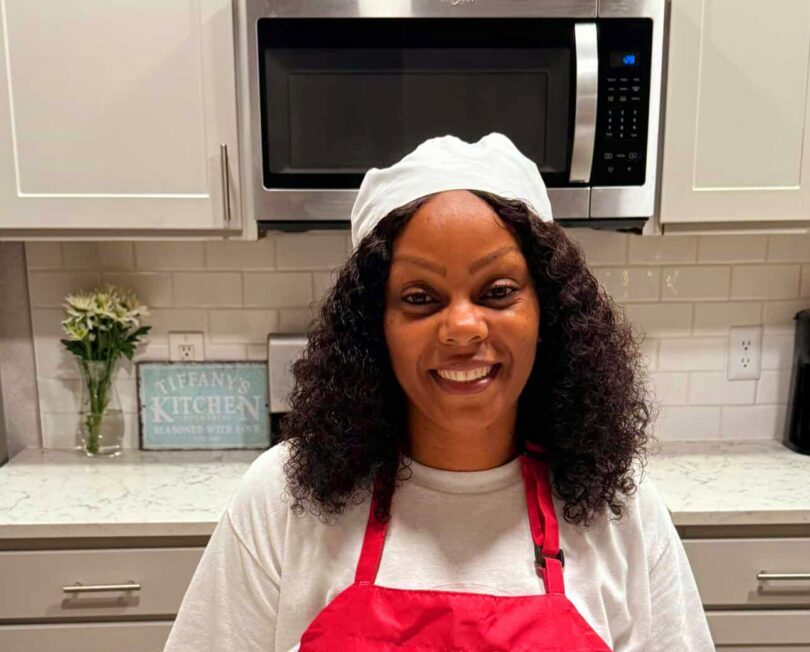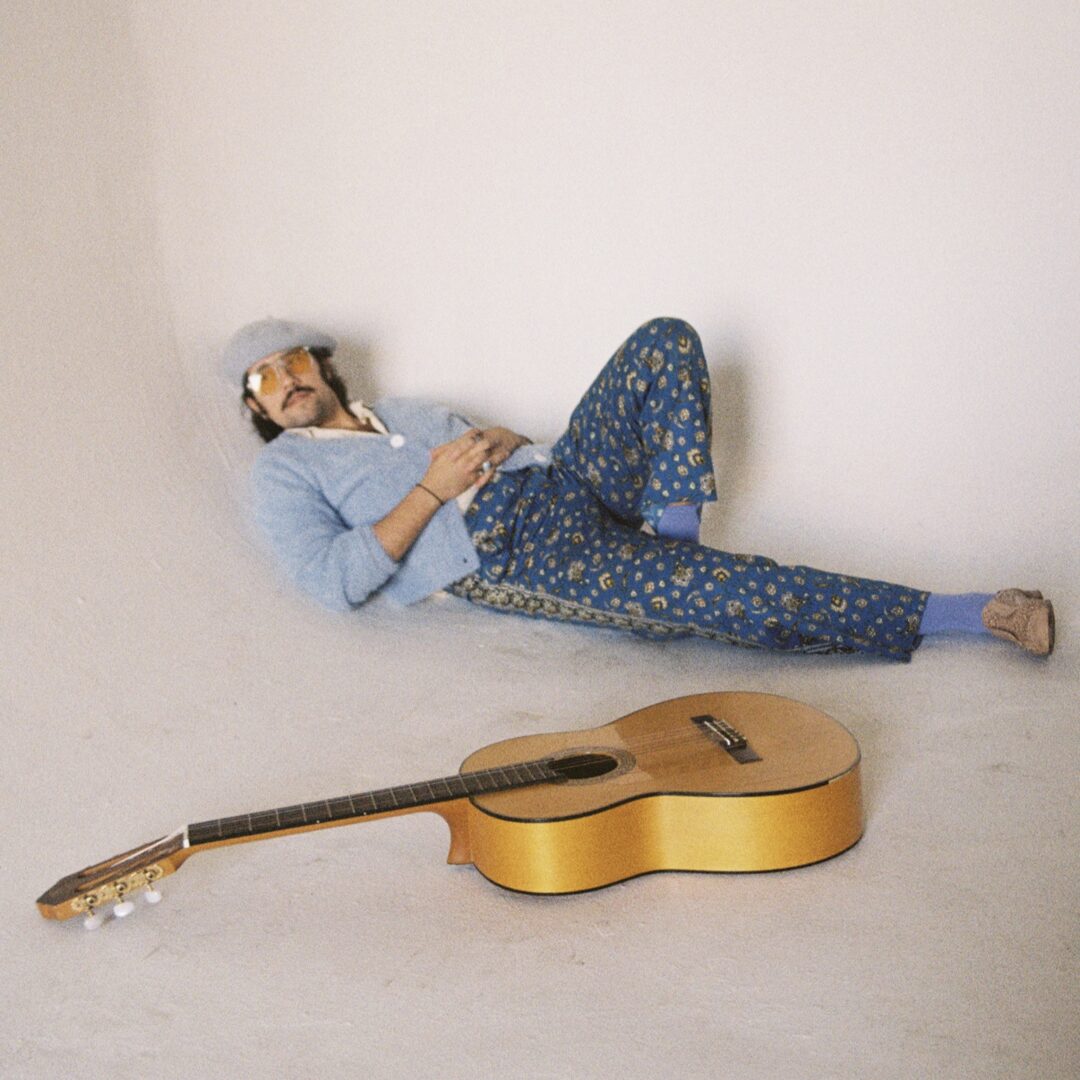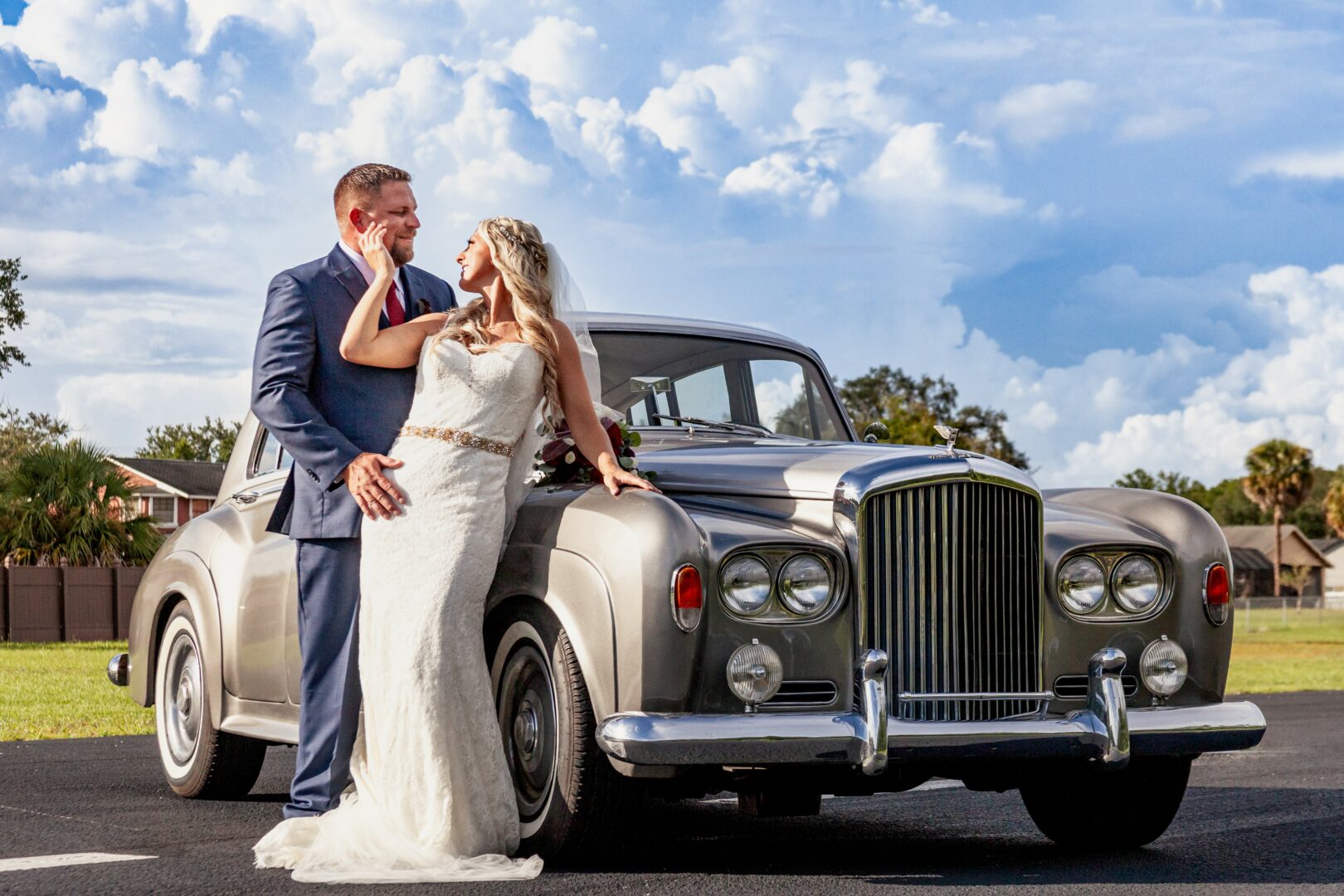We’re excited to introduce you to the always interesting and insightful Francoise Hazel. We hope you’ll enjoy our conversation with Francoise below.
Hi Francoise, appreciate you sitting with us today to share your wisdom with our readers. So, let’s start with resilience – where do you get your resilience from?
I get my resilience from growing up in Haiti—a place where creativity isn’t just encouraged, it’s essential. From a very young age, I learned to adapt, to improvise, and to find solutions in the moment. Whether it was building something from scratch, reimagining what was already there, or navigating the unexpected, I was constantly surrounded by people who made magic out of what they had.
That spirit of ingenuity, flexibility, and invention has deeply shaped how I live and how I create. For me, resilience is rooted in the ability to respond with imagination. It’s never just about enduring—it’s about transforming, rethinking, and always moving forward with purpose.
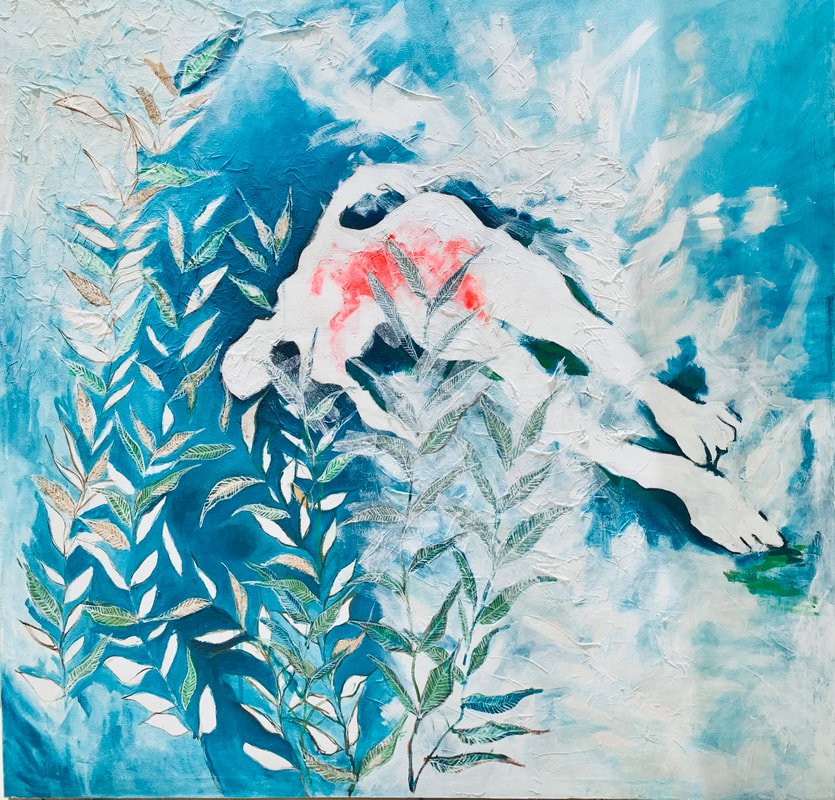
Thanks, so before we move on maybe you can share a bit more about yourself?
I’m an artist, a designer, and a builder—and at the heart of everything I do is the belief that creativity can be both beautiful and transformative. My work blends visual art, material experimentation, and functional design. In recent years, I’ve been focused on creating furniture and sculptural pieces using recycled cardboard. I see it as both an artistic expression and a statement: that we can rethink materials, reshape space, and reimagine value.
This relationship with materials and making began early. I was born in 1984 to an artist mother and grew up in an aesthetically inventive universe, where creativity wasn’t something we did—it was simply how we lived. My grandfather worked at a printing press, and I loved watching him repair books at home. I was fascinated by the way a torn page or damaged cover could be restored so precisely it looked brand new. That process—handling paper with care and giving it new life—left a deep impression on me. He also had a gift for fixing just about anything, and from him I inherited the instinct to repair, to reuse, to see potential in what others might throw away.
Around the age of eight, I built my first dollhouse out of matchboxes and realized that with my hands and imagination, I could create entire worlds.
I later studied interior design in Guadeloupe, where I reconnected with a deep sensitivity for eco-responsible materials. That experience led me to found Ça Cartoone, a company dedicated to creating eco-friendly furniture out of recycled corrugated cardboard. My mission is deeply rooted in community—I want to inspire people, especially in Haiti, to rethink how we use and value materials, and to recognize the connection between our environment and our well-being.
In 2013, I served as the Executive Director of the Georges Liautaud Museum in Haiti, part of Africamica, a foundation that promotes contemporary art. That experience brought me into collaboration with Haitian artists and craftspeople who were transforming raw and discarded materials—iron from recycled oil drums, rubber tires, scrap metal—into powerful works of art. Their creativity deeply influenced my approach and confirmed the idea that limited resources can lead to boundless invention.
A couple of years later, Kolektif509 invited me to exhibit my cardboard furniture—an opportunity that marked a turning point in my journey. Since then, I’ve taken part in exhibitions in Haiti, Guadeloupe, Panama, New York, Miami, Charlotte, and Louisiana.
Currently, I’m developing a new project: a creative workshop space that functions as a studio, a storefront, and a place for learning and exchange. The idea is to collect discarded cardboard, transform it into high-quality furniture, and offer workshops where people can either build their own pieces or be inspired to explore sustainable design. The space will also showcase Haitian crafts and highlight the work of other local artists.
It’s more than a business—it’s a way of living and creating that’s grounded in resourcefulness, cultural pride, and environmental awareness.
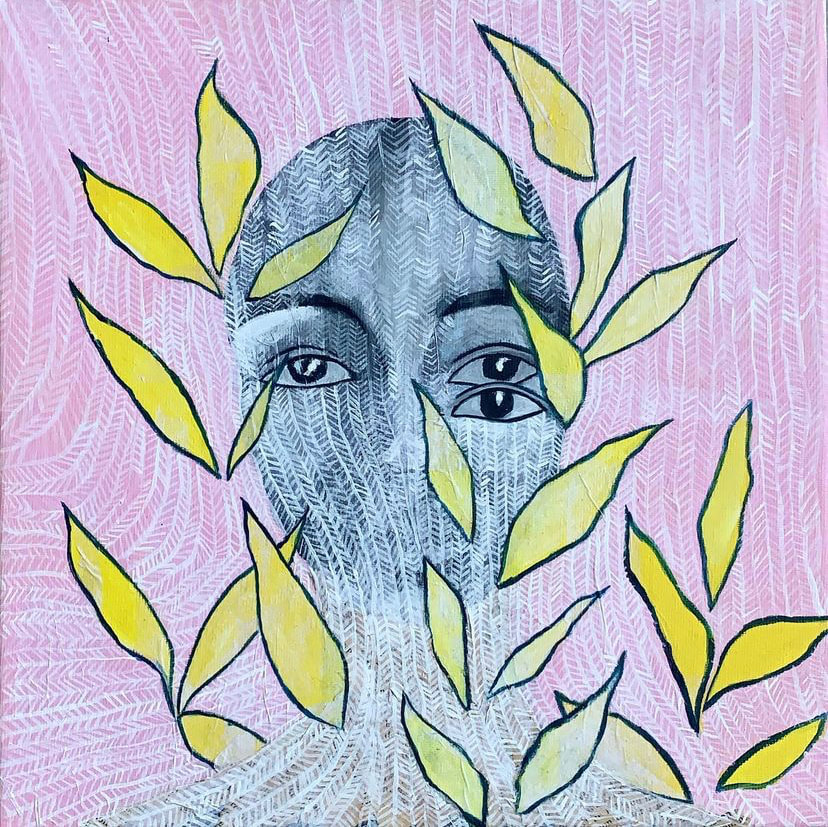
There is so much advice out there about all the different skills and qualities folks need to develop in order to succeed in today’s highly competitive environment and often it can feel overwhelming. So, if we had to break it down to just the three that matter most, which three skills or qualities would you focus on?
Looking back, I think the three things that shaped my journey the most are: resourcefulness, curiosity, and a mix of patience and consistency.
Resourcefulness is deeply part of my story—partly because I grew up in an environment where resources were often limited, but imagination wasn’t. As a child, I really wanted a Barbie house. When I didn’t get one, I built it myself—using matchboxes. I made little beds, closets, even tiny furniture. That was my first real design project, even if I didn’t know it at the time. That kind of hands-on creativity—making something from almost nothing—has stayed with me ever since.
Curiosity has also played a huge role, especially when it comes to learning how others work with their hands and materials. I’ve always been fascinated by how different artists and craftspeople transform raw, even discarded things—like car tires, scrap metal, textiles—into powerful objects or functional art. In my Large Up interview a few years ago, I talked about how artistic groups like Atis Rezistans, Noailles Village, and even traditional carnival builders in Haiti influenced me. They opened my eyes to the possibilities hidden in everyday materials.
As for patience, it didn’t come naturally. I used to want everything to come together quickly. But over time, I’ve learned to trust the process. For me, patience goes hand in hand with consistency—showing up again and again, even when the work feels slow or uncertain. I’ve realized that it’s important to keep your eyes on the bigger picture. Progress doesn’t always look dramatic in the moment, but over time it adds up.
If I had to give advice, I’d say: don’t let lack of resources stop you. Start with what you have. Observe. Ask questions. Experiment. And keep going—even if it feels like no one is watching yet. Just like building a house out of matchboxes, it starts with small pieces—but those small pieces can lead to something meaningful and lasting.
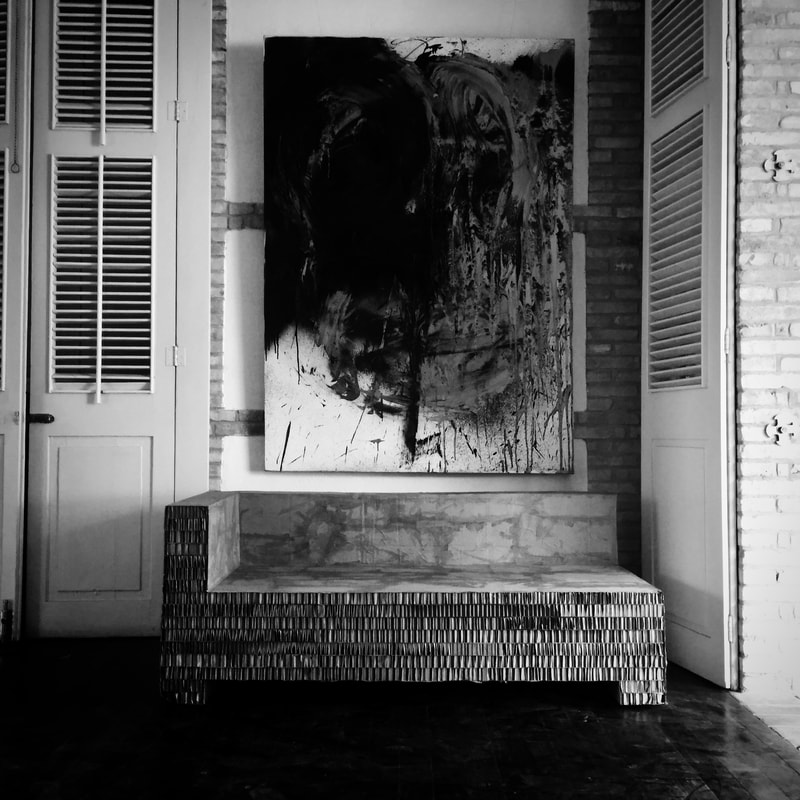
Do you think it’s better to go all in on our strengths or to try to be more well-rounded by investing effort on improving areas you aren’t as strong in?
I believe in going full-on with your strengths, while also staying committed to improving your weaknesses. That balance has been key for me. Your strengths are what move you forward—but your weaknesses, if you’re honest with them, can push you to grow. And in my experience, collaborating with others often makes that growth faster and more meaningful.
I’ve always leaned into what comes naturally to me—working with my hands, improvising, transforming everyday materials. My process is very much about turning “trash into treasure,” using discarded things like cardboard to raise questions about value, waste, and sustainability. I wouldn’t say I’m a storyteller in the traditional sense—but the materials I use carry their own message. The work speaks before I even explain it.
That said, I’ve definitely had to work on the areas where I’m not as strong—like planning logistics or navigating the business side of things. I’ve learned a lot by staying open, asking questions, and leaning on others when I need to. It’s through collaboration that I’ve often seen my blind spots more clearly, and even turned them into creative advantages.
And honestly, even flaws or limitations can be a gift. Like when I didn’t get the dollhouse I wanted as a kid—I built one out of matchboxes. I didn’t realize it then, but that instinct to create from scarcity has shaped my entire artistic practice. And I still carry that with me.
So yes—lean into your strengths, but don’t run from your weak spots. Stay curious. Work with others. And allow the imperfections to show up—they’re often the beginning of something real.
Contact Info:
- Website: https://www.francoisehazel.com
- Instagram: @ca.cartoone
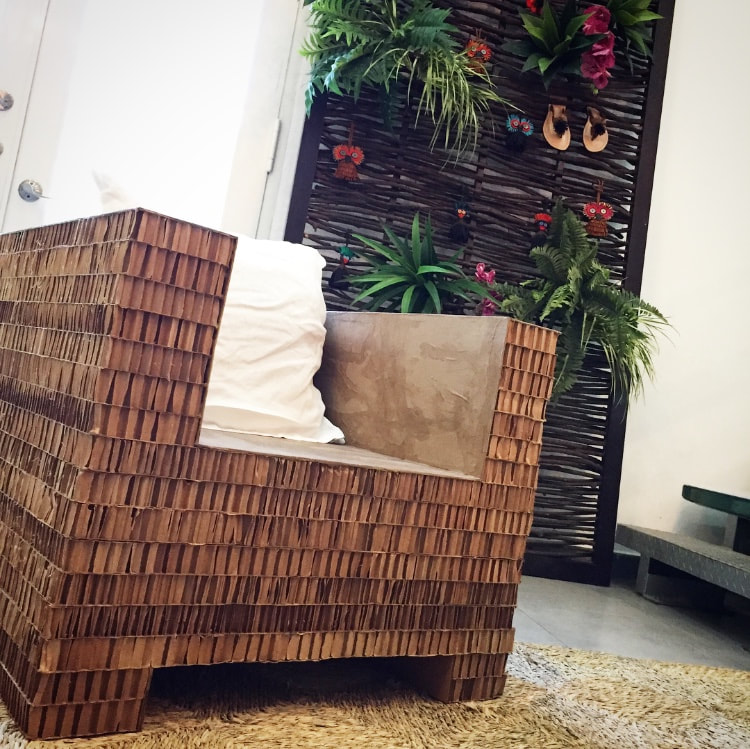
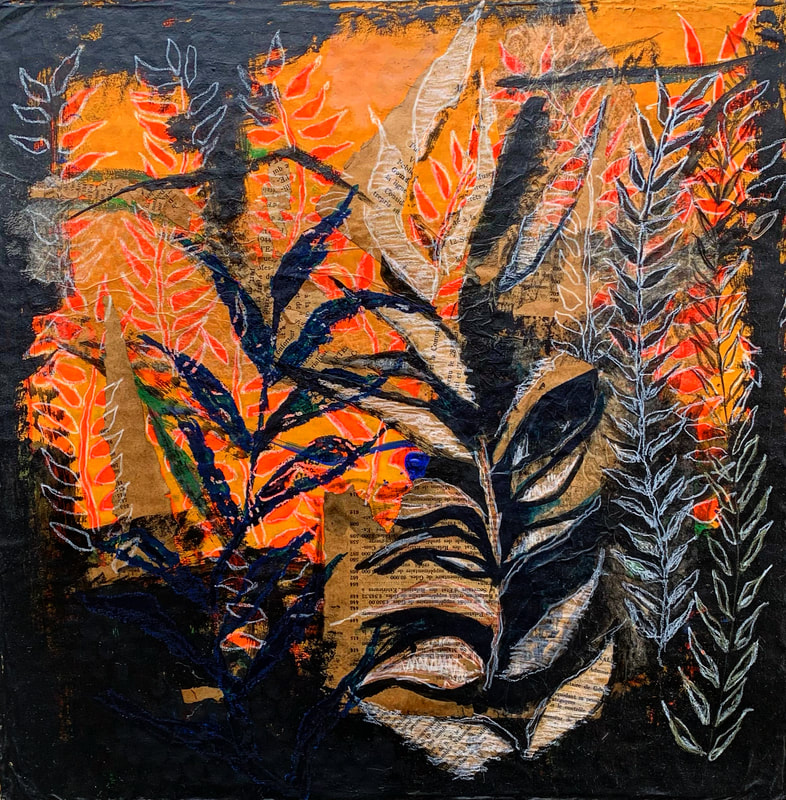
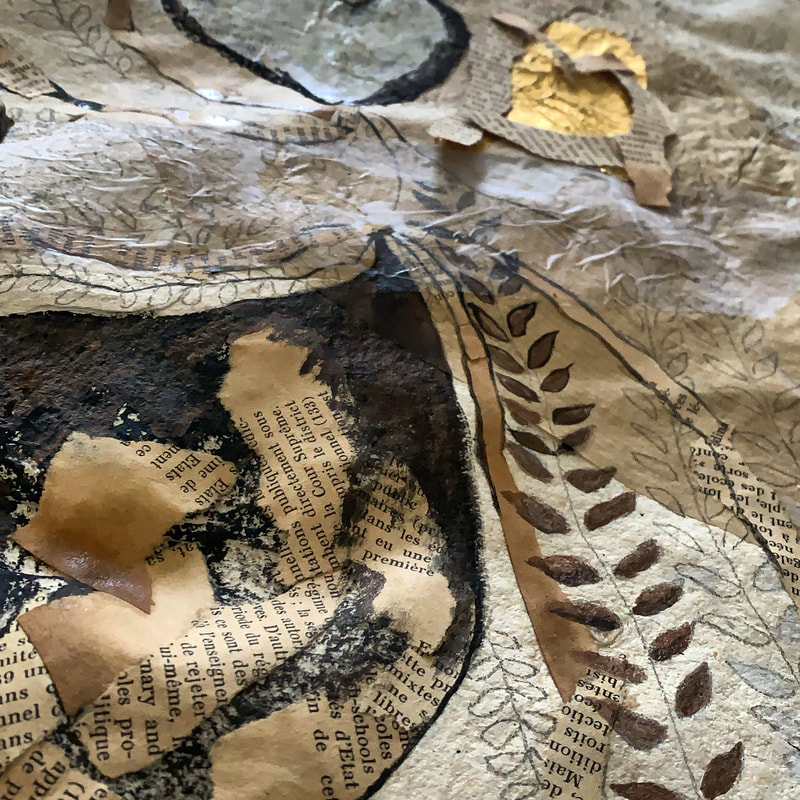
Image Credits
personal picture: credit: fredmogin
so if you or someone you know deserves recognition please let us know here.

